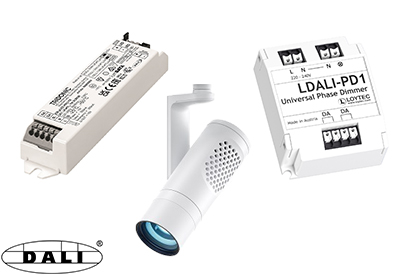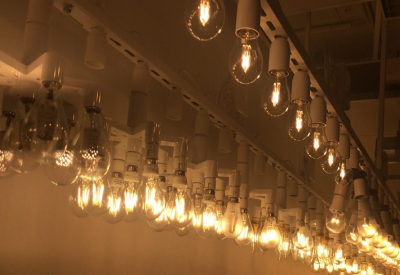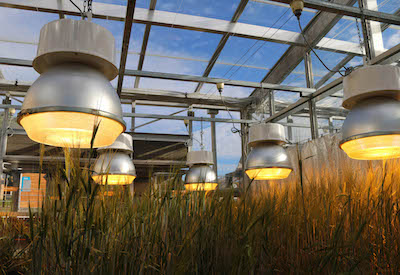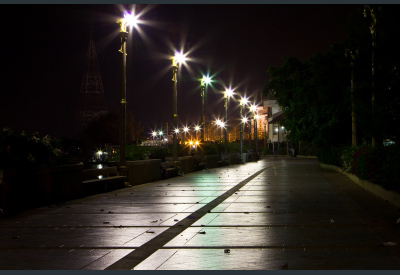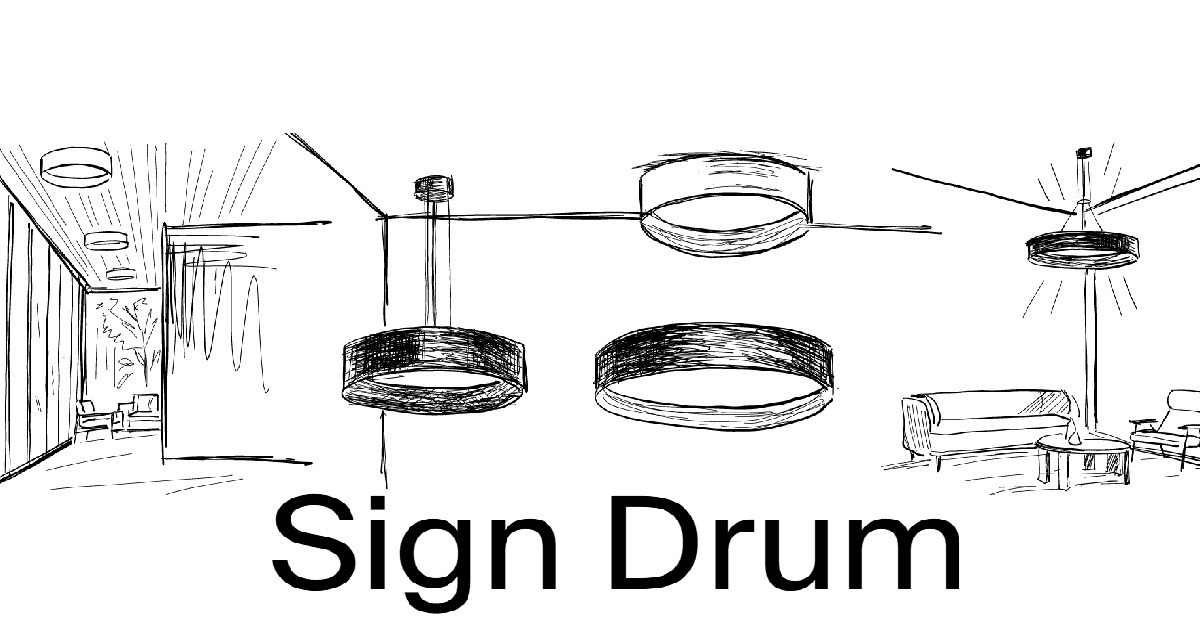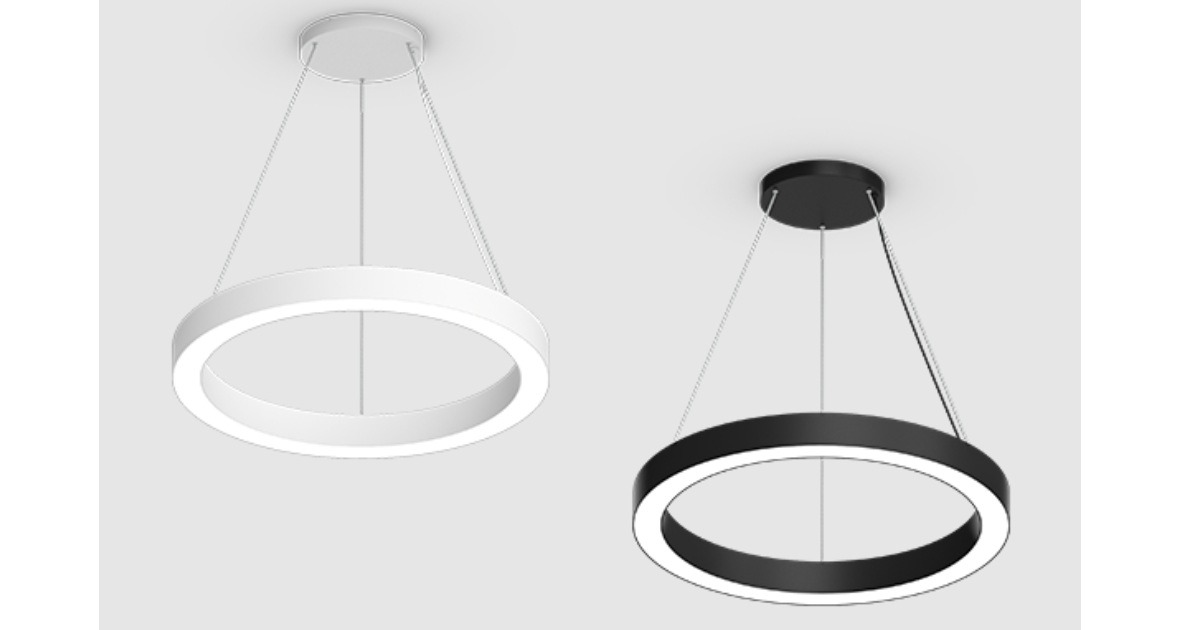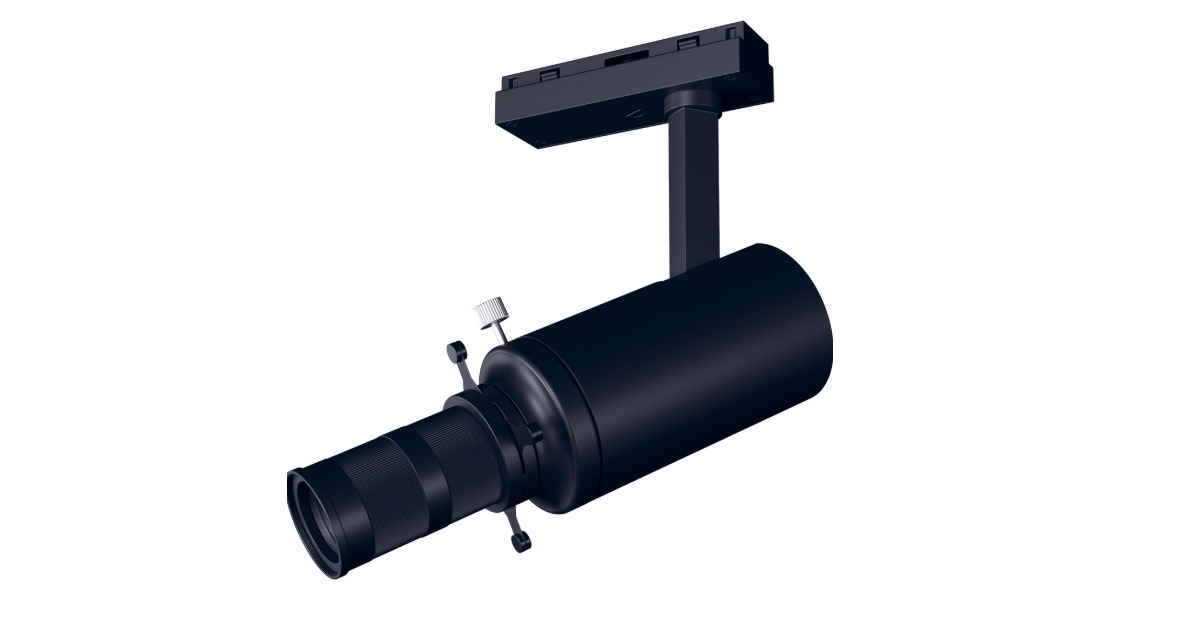The Impact of Arc Flash Events on Photocontrol Longevity in LED Lighting
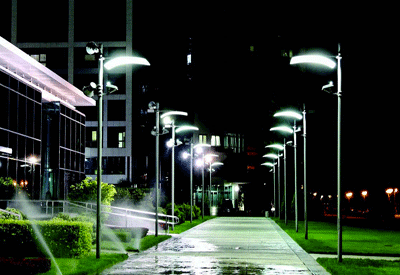
The adoption of LED lighting continues at a rapid pace. Although the extended life of LEDs is beneficial, it also presents a compatibility challenge with older technology controls, especially with outdoor photocontrols. This rapid change to LED fixtures and luminaires can leave contractors, designers and distributors facing questions they cannot answer.
LED and other new lighting technologies exclusively use electronic drivers and ballasts for operation. Their designs have different electrical start-up characteristics than older, magnetic models. In the case of photocontrols, matching the extended lifespan of LED fixtures requires a more complex control unit for a reliable, turn-on/off.
Design considerations for electronic ballasts
A more complex control unit is required because some electronic ballasts produce inrush currents at turn-on that can cause premature relay contact failures. Intermatic has completed simulations in our UL-certified laboratory and has videotaped the phenomena of this spike of energy. This energy spike can and has caused control failures in the field. These inrush currents can be much higher than those experienced with traditional tungsten or magnetic ballast loads because many electronic ballasts employ large energy storage capacitors. Such capacitors can charge up to 400V for a 277 V line voltage, and will briefly draw high current from the line to achieve this voltage.
As mentioned above, these typically short inrush currents can climb as high as 100-times the nominal operating levels. (See table below for typical inrush value comparisons.)
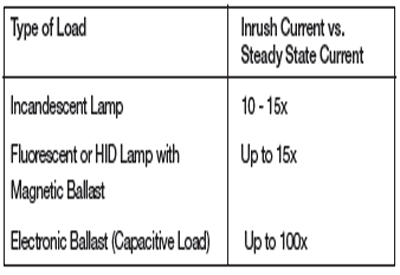
An overlooked source of photocontrol failure
Inrush currents have not always been recognized as a source of failure for controls. Some contractors may mistakenly believe that a switch has failed because it’s a “bad” switch or a power surge has occurred. Jay Hoch, Lighting Specialist for Wyandotte Electric Supply, Wyandotte, Michigan, noticed photocontrol failures on a large, exterior LED lighting project in Detroit. “We had multiple fixtures on one circuit fail, but not all of the fixtures failed. That didn’t make any sense. If one failed, they all should.” Hoch was looking for an explanation and wondering how best to advise the contractor coming to him. Information on inrush currents supplied by Intermatic made sense of the performance of the controls that Hoch and the contractor had noticed. After reviewing the information, Hoch realized that inrush currents were adversely impacting the controls. “The failure wasn’t in the circuit,” Hoch says. “Intermatic’s research solidified the fact that the inrush current affects photo cells.”
Variances in inrush current
The inrush current magnitude and duration depends upon the value of the capacitance (measured in μF), along with circuit and power distribution network impedances. This current may weld relay contacts and other switching devices or possibly fuse semiconductors. Overall, these high-current transients can negatively impact the lifespan of traditional photocontrols, negating the reduced maintenance cost associated with LED luminaires.
Therefore, the actual performance of electronic ballasts can’t be determined by a straight watt-to-watt comparison of incandescent bulbs to LED bulbs. At first glance, it may make sense to assume that ten 15 W LED bulbs could be substituted for a single 100 W incandescent bulb. However, an inrush current in the LEDs can negatively impact the control, causing failures over time.
If contractors don’t look at the specs for the controls, they may believe when a switch fails it’s a bad switch. However, providing proper control specifications would enable contractors to avoid failures that are caused by very high inrush currents.
New electronic ballast designs can provide low or zero inrush currents, but they are more costly to implement and have not been universally adopted by lighting manufacturers in the marketplace. This created a challenge for control suppliers. Hearing questions from distributors and contractors, Intermatic chose to design electronic photocontrols for worst case inrush currents, as characterized by the National Electrical Manufacturers Association (NEMA)’s survey of electronic ballast technologies.
Photocontrol design solutions to minimize the effects of high inrush currents
Photocontrol suppliers must keep in mind the effect of high inrush currents for electronic ballast designs. Suggested solutions described below address the high-current transients delivered by electronic ballasts.
1. Employ a high-current rated thermal or electromechanical relay (brute force approach)
An electromechanical relay life can be shortened when switching high inrush currents that exceed the relay’s electrical ratings. With high inrush currents, significant electrical sparks can occur during switching, causing pitting and wear on the relay’s contact surface. Relays with high current ratings take these transients more effectively, as they are designed with thicker, more durable conductive materials. Electronic ballast photocontrols with high inrush currents require higher rated relays than what is suggested when considering the steady state current.
2. Implement predictive load transfer switching techniques (cost-effective approach)
The inrush current exposure for relay contacts can be minimized with predictive load transfer switching. One technique, called zero crossing, limits the relay current by monitoring the AC supply voltage curve and timing the switching to occur as the AC voltage level passes through zero volts (See Figure 1). This effective technique extends relay contact life without relying on the rated contact current or the quality of the manufacturer, thus providing a more compact and cost-effective design.
Figure 1: Zero crossing turn-on waveform

3. Utilize photocontrols with solid-state switches (costlier approach)
Semiconductors such as triacs, SCRs, bipolar transistors and MOSFETs may directly switch loads. All are reliable, simple to control and successfully handle high inrush currents. However, because of their voltage drop (‘on’ resistance), they ineffectively conduct electrical currents for an extended amount of time, generating unwanted heat. Methods to remove this heat increase the size and cost of the control.
4. Utilize a hybrid solid-state/relay switch design(costly approach)
The use of a hybrid semiconductor relay assisted circuit has proved effective in mitigating the heat rise issue with solid-state switching. However, costs are increased due to a higher component count. This circuit initially switches the load via the semiconductor to tolerate the inrush current, then transfers the current to a relay contact for reduced thermal operation.
Reliable photocontrols performance ratings
Contractors should beware. Some manufacturers claim controls are “LED compatible,” but those terms don’t describe the actual performance of the controls over the lifetime of the LED fixture. The importance of supplying electrical contractors with reliable information on photocontrols performance motivated Intermatic to develop a comprehensive testing approach. This provides electrical contractors and distributors like Wyandotte Electric Supply with explicit and tested information on the performance of the Intermatic lighting control portfolio with LED lighting to help them make informed decisions.
Source: Intermatic Incorporated, 7777 Winn Road, Spring Grove, IL 60081; 815-675-2321; www.intermatic.com/zerocross.
Intermatic’s new line of electronic photocontrols for LED applications successfully utilizes zero crossing techniques to suppress inrush current impact and deliver on the extended lifespan of LED luminaires. As a result, Intermatic offers costeffective, 8 to 12 year warrantied electronic photocontrols, while providing large inrush current carrying capacities. Lab testing shows the visible reduction of inrush current, which Intermatic has captured on video.

